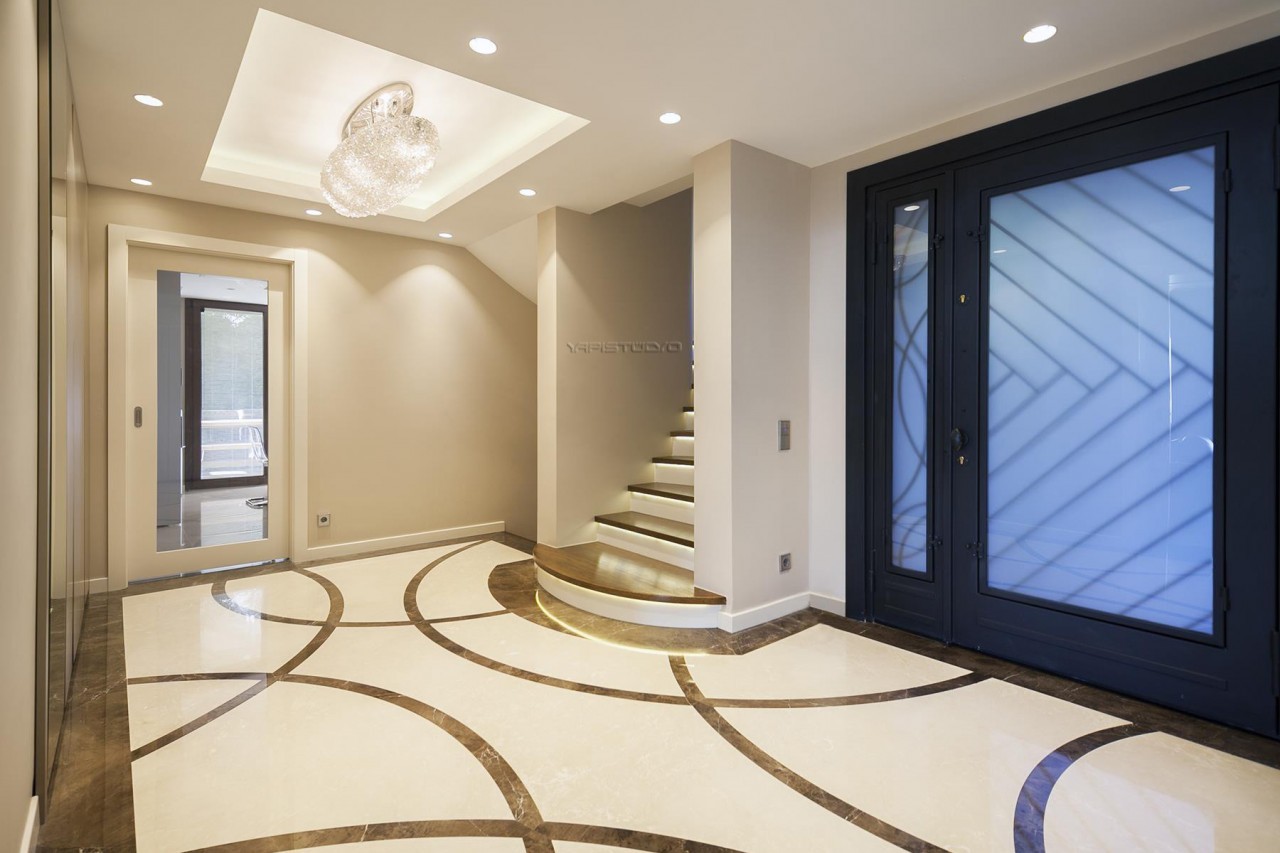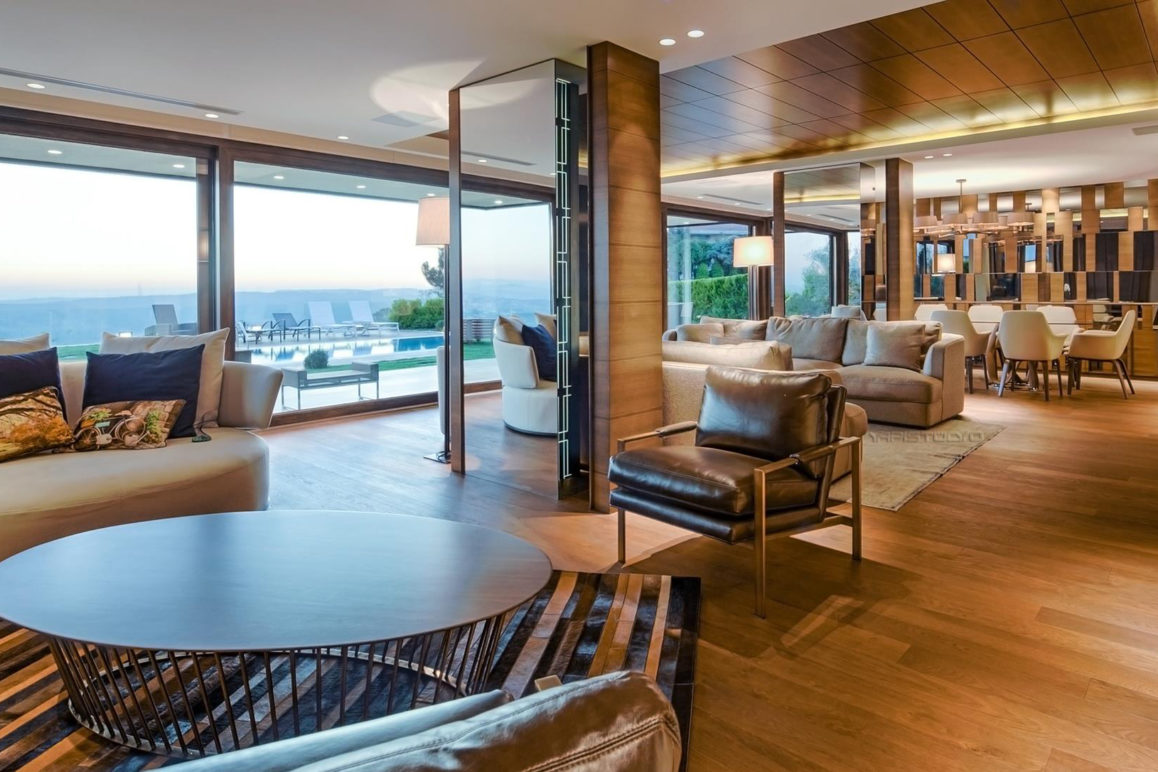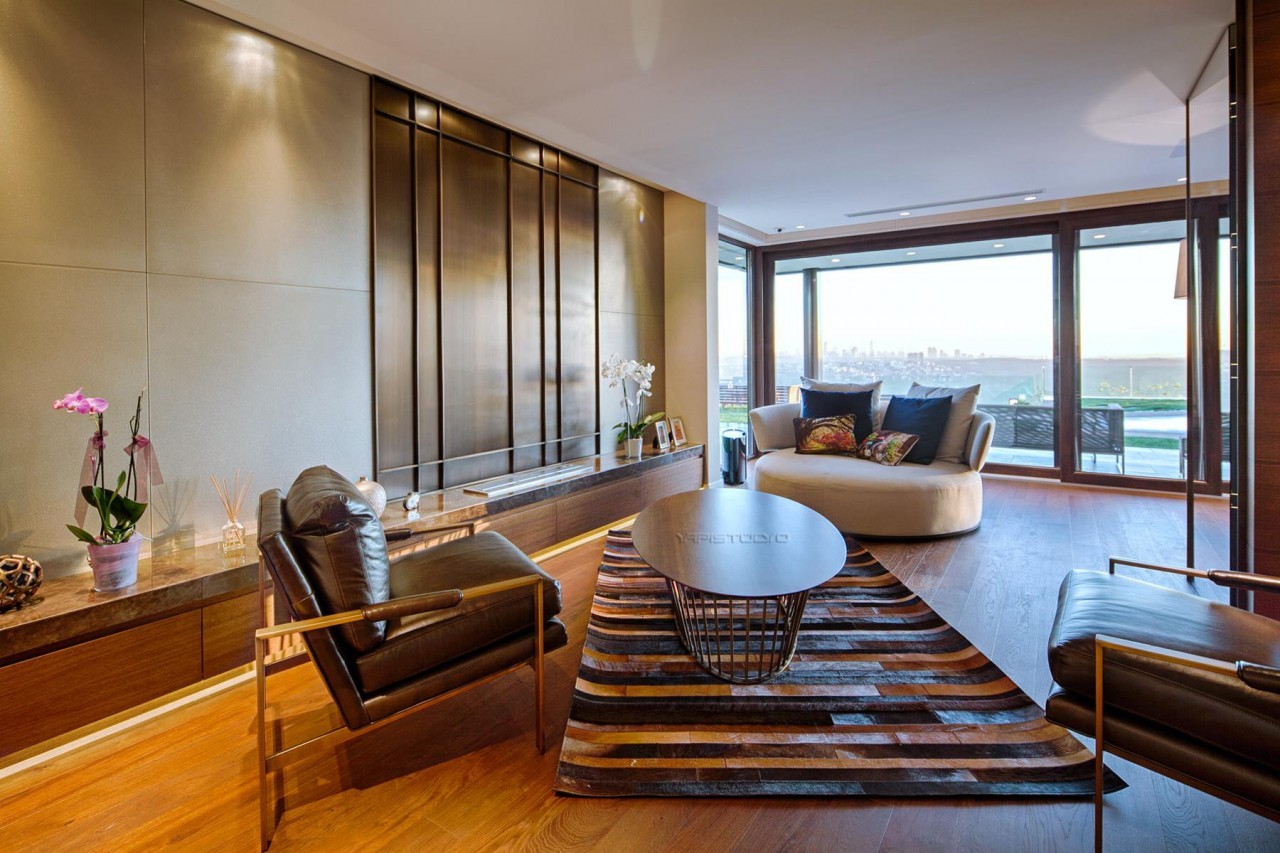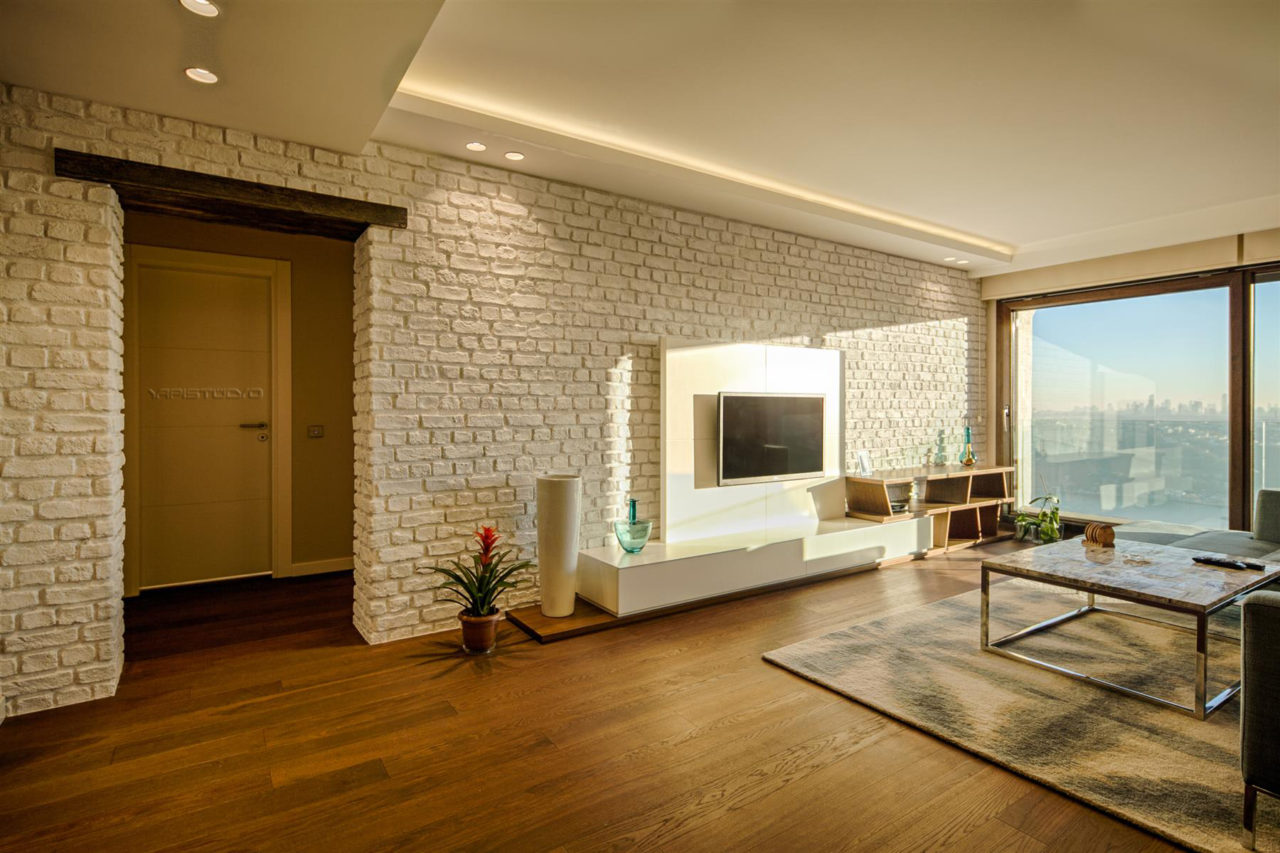Gardens are peaceful areas that bring your home together with nature. Whether you have a large garden or a small area, it is possible to customize this area by expressing your creativity.
Basic Planning in Garden Decoration
Basic planning in garden decoration is the basis of a successful design. Understanding the characteristics and needs of your garden helps you make the right plant and accessory choices.
- First, examine your garden’s sunlight exposure, soil type and existing vegetation. The movement of the sun throughout the day determines which areas are shaded or sunny, which affects your plant selection. The pH level and drainage capacity of the soil are also important. If the soil is poor, you can improve it by adding organic matter or amending the soil.
- Decide how you will use the areas according to the size and shape of your garden. For example, you can create different functional areas such as seating areas, walking paths, children’s playgrounds or vegetable gardens. Separating areas with natural plant borders, stone walls or wooden fences can be both aesthetic and functional.
- Determine the overall design style of your garden. This can be traditional, modern, natural, such as Japanese zen garden or Mediterranean style. When determining your style, consider the architecture of your home and your personal taste. Your design style will guide your furniture, accessories and plant choices.
- The use of color and texture adds liveliness and depth to your garden. You can create an interesting composition by playing with the colors of the flowers, leaf textures and forms of the bushes. Planning colors to change with the seasons will keep your garden looking beautiful throughout the year.
- Consider the scale of your garden and the size of the plants. In a large garden, broad-leafed plants and large trees can be impressive, while for smaller gardens, finer-leafed plants and small shrubs may be more suitable. Arranging plants, furniture and other items according to size creates a balanced and welcoming look.
This planning stage creates a solid foundation for the rest of the garden decoration and gives you efficiency in both time and cost. By carefully considering each step, you will take an important step towards creating the garden of your dreams.
Plant Selection and Order in Garden Decoration
Plant selection and arrangement in garden design greatly affects the aesthetic and functional aspects of your garden. Choosing the right plants will keep your garden looking vibrant and attractive throughout the year.
- Consider a variety of plants to add variety of color, texture and form to your garden. Emphasize seasonal changes by using flowering plants, deciduous trees, evergreen shrubs and ornamental grasses. Position plants according to their size and growth habit. For example, low dwarf plants should be in the foreground, and higher plants and shrubs should be in the background.
- Create visual interest by mixing colors and textures of plants. Contrast with brightly colored flowers and leaves in different shades of green. Achieve textural variety by mixing leaf textures (for example, smooth and hairy leaves). Thus, you can add dimension and depth to your garden.
- To keep your garden looking beautiful throughout the year, choose plants that bloom in different seasons. Create variety, from blooming tulips and daffodils in spring to sun-loving petunias in summer to color-changing leaves in autumn. Keep your garden alive with evergreen plants and winter flowers during the winter months.
- Make your plant selection suitable for the natural conditions of your garden. Choose drought-resistant plants for sunny and dry areas, and shade-loving plants for shady areas.
- When placing your plants, consider balance of height, color and texture. You can achieve a more natural look by planting in irregular groups or clusters. Also, create points of interest by juxtaposing flowers of various colors and different leaf textures.
This detailed planning and thought process ensures that your garden is vibrant and attractive in all seasons. Additionally, correct plant selection and placement contributes to the longevity of your garden by reducing your maintenance needs.
Furniture and Accessories in Garden Decoration
Choosing the right furniture and accessories is important to increase the functionality and aesthetics of your garden. These choices transform your garden into more than just a visual space; It also provides comfort and usefulness.
- Garden furniture determines the style and use of your outdoor space. Different materials are available such as wood, metal, rattan or plastic. When choosing furniture that suits your style, also consider comfort and ease of maintenance. You can create relaxation areas with various options such as seating groups, sun loungers, hammocks or swing chairs.
- Lighting adds a fascinating atmosphere to your garden in the evening and at night. Provide security and create an aesthetic atmosphere with solar-powered lamps, LED strips, garden lanterns or outdoor chandeliers. Make your garden usable at night with lights placed along paths, in plant beds or around seating areas.
- You can add an artistic atmosphere to your garden with items such as sculptures, wind chimes, bird baths or ornamental ponds. Wall hangings, garden signs or colorful flower pots also create interesting details.
- Use a variety of pots and containers to display your plants. You can provide a stylish home for your plants with large pottery pots, wooden crates or modernly designed containers. The size and color of the pots should match the overall design of your garden.
These suggestions give you the flexibility and variety you need to transform your garden into a personal retreat. The correct use of furniture and accessories ensures that your garden can be enjoyed not only during the day but also in the evenings.
Sustainability and Maintenance in Garden Decoration
Designing your garden in a sustainable and easy-to-maintain way not only contributes to the environment but also saves time and effort in the long run.
- Native plants are better adapted to the climate and soil conditions of your region. These plants generally require less water and care. Using native plants also supports local wildlife and ensures your garden is in harmony with the natural ecosystem.
- Using water resources efficiently is important for a sustainable garden. Drip irrigation systems moisten the soil more effectively and prevent water waste. You can use rain barrels to collect rainwater. Additionally, the use of water-saving ground cover plants and mulch reduces evaporation and keeps the soil moist.
- Instead of chemical fertilizers, you can enrich your soil by using compost or organic fertilizers. You can utilize your kitchen waste and garden residues by making your own compost. This method improves the nutrient balance of the soil and reduces your waste.
- Regular maintenance of your garden allows you to detect problems at an early stage and prevent bigger problems. By observing your plants regularly, you can provide them with the care they need in a timely manner. Routine operations such as pruning, hoeing and removing dead leaves encourage healthy plant growth.
A sustainable garden design and maintenance is an approach that is both respectful of nature and requires less labor in the long run. These suggestions allow you to be a part of the ecological balance while preserving the natural beauty of your garden.
Garden decoration is a great way to reflect your personal tastes and be in touch with nature. With creative ideas and proper planning, you can turn your garden into a unique space and enjoy nature in the comfort of your home.




